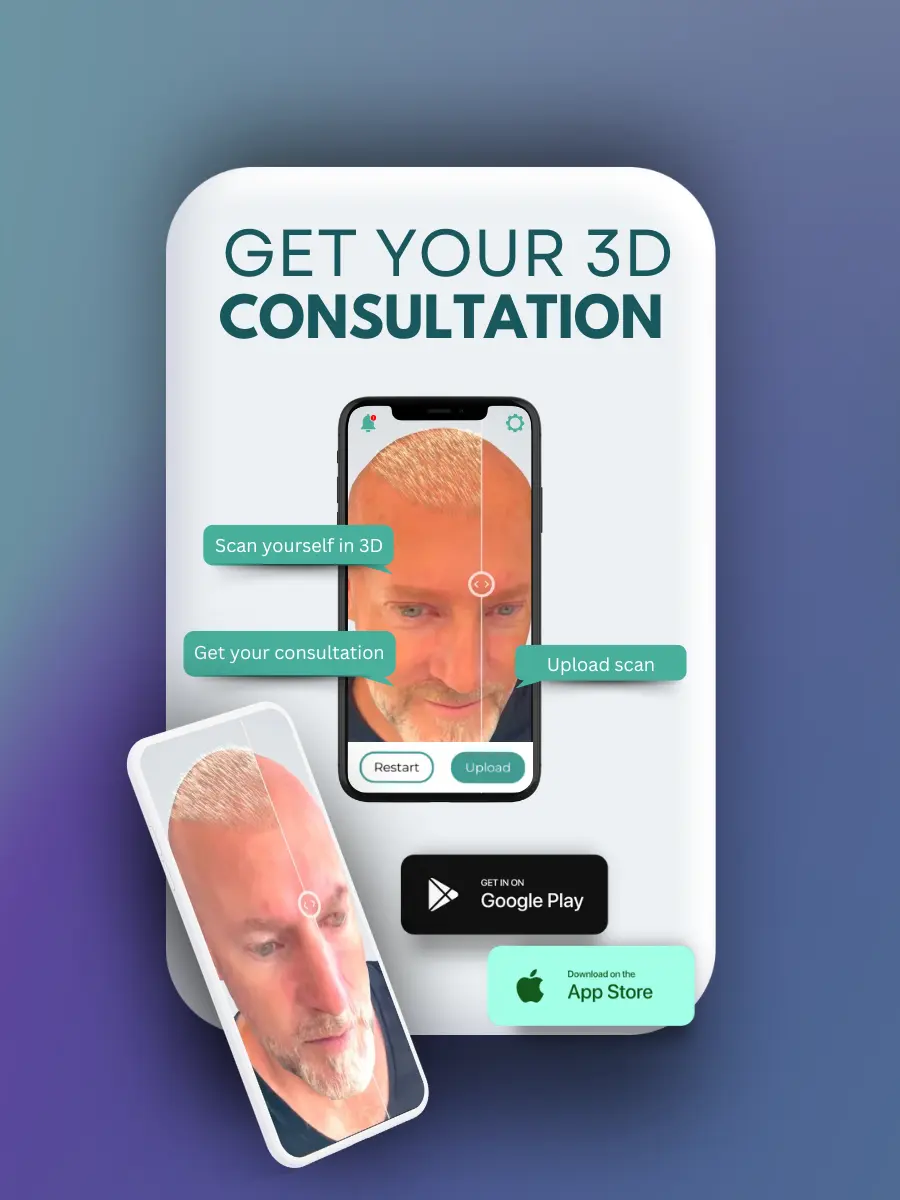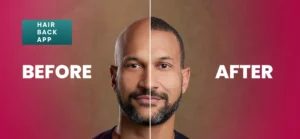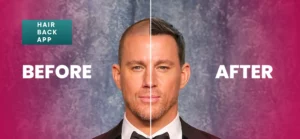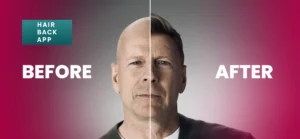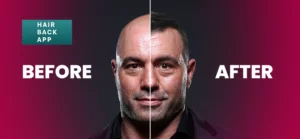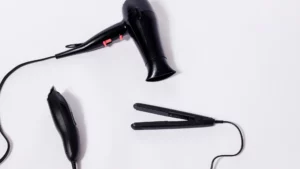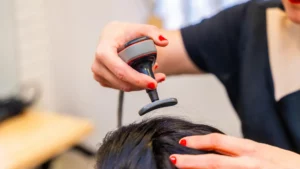The evolution of hair transplant technology has been a remarkable journey that has transformed the hair restoration industry. From the early days of primitive procedures to today’s highly advanced, minimally invasive techniques, technology has significantly improved the outcomes of hair transplants.
What was once a complex and often unpredictable procedure has now become a more accessible and reliable solution for people struggling with hair loss. Over the years, hair transplant technology has made remarkable strides, allowing patients to restore not just their hair but also their confidence and quality of life.
This article explores the history, advancements, and future of hair transplant technology while also examining the mental and emotional considerations of the transplant journey.
The Early Days of Hair Restoration
The roots of hair transplant technology can be traced back to the 1950s when Dr. Norman Orentreich, a dermatologist, performed the first successful hair transplant procedure. The method involved removing small circular sections of hair from the donor area (typically the back or sides of the head) and implanting them in areas that were thinning or balding.
This early method was groundbreaking, but the results were often less than ideal. The transplanted hair often grew in large clumps, creating a “plug” appearance that made the results look unnatural.
Despite these early challenges, hair restoration technology began to gain momentum in the years that followed. The 1970s and 1980s saw further refinement of the techniques, including the introduction of more advanced hair transplant methods. However, it wasn’t until the 1990s that the process started to take a more refined and precise approach, thanks to innovations in FUT (Follicular Unit Transplantation).

Innovations in Hair Restoration Techniques
The introduction of FUT in the 1990s was a key turning point in hair transplant technology. This method involved taking a strip of hair from the donor area, which was then divided into smaller follicular units.
Each unit, containing one to four hair follicles, was then carefully transplanted to the recipient area. Unlike the earlier punch grafting method, FUT produced much more natural-looking results.
However, while FUT improved the aesthetic results of hair transplants, it still left a linear scar in the donor area, which some patients found undesirable. This led to the development of FUE (Follicular Unit Extraction), which was introduced in the early 2000s.
FUE eliminates the need for a strip of hair to be removed from the donor area and instead extracts individual hair follicles using a small, specialized punch tool. This method leaves tiny, round scars that are less noticeable, offering a more discreet result and faster recovery time.
One of the major advantages of FUE is the ability to harvest hair from areas other than the back of the head, such as the beard or chest, providing a wider donor area for those with limited hair in the usual donor zone. FUE has become the gold standard in hair restoration, offering a less invasive, more comfortable, and faster procedure with natural results.
The Rise of Robotic Hair Transplants
In recent years, robotic hair transplant technology has introduced a new era of precision and consistency to the procedure. The ARTAS robotic system, developed in the early 2010s, is one of the most notable innovations in hair transplant technology.
The ARTAS robot uses artificial intelligence to automate the extraction of hair follicles from the donor area. Using advanced imaging technology, the robot can identify the best follicles to harvest, minimizing damage to the surrounding tissue and improving overall graft quality.
This robotic system has significantly reduced the risks of human error and has provided more predictable outcomes. Additionally, it offers a more consistent extraction process, eliminating the variability that can come with manual FUE extractions.
By improving the precision of the procedure, the ARTAS system ensures a more natural-looking result and minimizes the recovery time for patients.
Emerging Technologies: Bioprinting and Stem Cells
While robotic hair transplants and FUE have brought about significant improvements, the next frontier in hair transplant technology lies in bioprinting and stem cell therapy. Bioprinting is the process of using a 3D printer to create tissues and organs layer by layer.
In theory, this could one day be applied to hair transplants, where hair follicles are printed and used to restore hair in thinning or balding areas.
Stem cell therapy is another promising avenue for the future of hair restoration. Researchers are exploring how stem cells, which have the ability to differentiate into various types of tissue, can be used to regenerate hair follicles. This approach could potentially allow for the creation of new, healthy hair follicles, even in patients who have completely lost hair. Stem cells could offer an alternative to traditional donor hair, especially for those with limited hair in the donor area.
These emerging technologies also have the potential to reduce post-transplant hormonal shift, which can sometimes affect the transplanted hair’s growth cycle. By providing better follicle regeneration, stem cell therapy could lead to more durable and longer-lasting hair restoration results.
The Psychological and Emotional Impact of Hair Transplants
While hair transplant technology has come a long way, the emotional aspect of undergoing a transplant is just as important as the physical outcomes. Many patients who choose to undergo a hair transplant are motivated by the desire to restore their appearance and improve their self-esteem.
Hair loss can have a significant impact on a person’s mental well-being, leading to feelings of anxiety, depression, and a diminished sense of self-worth.
In particular, the stress effects on hair transplant outcomes can’t be overlooked. Emotional stress can trigger complications such as poor healing, graft failure, and even further hair loss. Patients must receive not only physical care but also mental health support throughout their hair transplant journey.
Additionally, hair transplant mental health concerns should be addressed both before and after the procedure. A consultation with a psychologist or therapist can help patients manage their expectations and provide them with the tools to handle the emotional challenges of hair restoration.
The Role of Post-Transplant Care and Long-Term Maintenance
Proper aftercare is essential to ensure the success of a hair transplant. Patients must adhere to specific instructions in the weeks and months following the procedure, such as avoiding direct sunlight, refraining from strenuous activities, and using medicated shampoos to prevent infection.
One important aspect of post-transplant care is managing the long-term hair care routine. Many patients are unaware that hair restoration is not a one-time fix, but rather a process that requires ongoing maintenance. Keeping the scalp healthy is crucial for the long-term success of the transplant. Regular check-ups with the surgeon and following proper care instructions will help preserve the transplanted hair and ensure that it continues to grow well over time.
In addition to caring for the transplanted follicles, patients may also experience post-transplant hormonal shift, which can influence hair growth. Hormones play a significant role in hair loss, and the body may need time to adjust after the procedure. Medications, such as finasteride and minoxidil, are commonly prescribed to help maintain hair growth and prevent further loss.
Ethical Considerations and Challenges in Hair Restoration
As with any medical procedure, hair transplant technology raises several ethical considerations. One of the primary concerns is ensuring that patients are fully informed about the procedure’s potential risks and limitations. Expectations must be managed realistically to prevent dissatisfaction and disappointment after surgery.
Furthermore, the cost of advanced hair restoration procedures can be a barrier for many patients. While the technology has become more affordable over time, high-quality procedures remain expensive. It’s important that clinics provide transparent pricing and financing options to make the treatment accessible to a broader population.
There is also a growing concern about compromised scalp health after hair restoration procedures. While FUE and FUT are generally safe, some patients may experience scarring, infection, or inflammation in the treated area. Regular follow-ups and proper scalp care can help minimize these risks and ensure the best possible outcome.
The Future of Hair Transplant Technology
Looking ahead, the future of hair transplant technology is filled with exciting possibilities. The continued development of 3D bioprinting, stem cell therapy, and gene editing holds the potential to revolutionize the industry, offering even more natural, efficient, and long-lasting results. As the technology improves, it will likely become more accessible and affordable for people worldwide.
The next frontier of hair transplant will likely involve personalized treatments that use genetic data to create more customized and effective hair restoration solutions. As researchers continue to explore the use of genetic engineering and CRISPR technology, we could see a future where hair loss is not only treated but prevented before it begins.
Conclusion
The evolution of hair transplant technology has significantly improved the lives of millions of people worldwide. From the early days of basic techniques to today’s cutting-edge methods like FUE, robotic hair transplants, and stem cell research, the field has made remarkable strides. As technology continues to evolve, so too will the outcomes of hair transplant procedures, offering better, more natural results with less downtime.
However, the journey doesn’t stop at the procedure. Patients must be mindful of the importance of long-term hair care, manage post-transplant hormonal shifts, and receive emotional support throughout their recovery process. By combining technological advancements with holistic care, the future of hair restoration looks brighter than ever.

